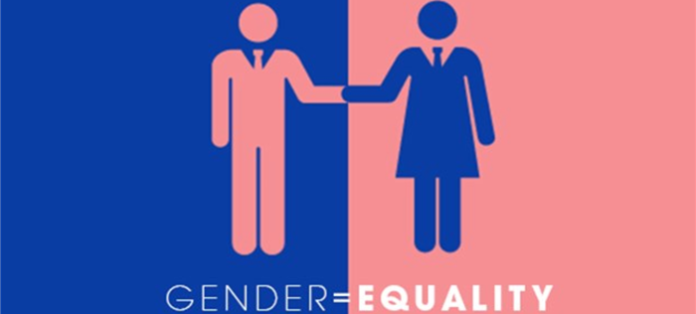- Even during the best of times, there was not much left to crow about the gender equality being extended by the still prevalent misogynistic, patriarchy-dominated, and biased male supremacy despite efforts at addressing the glaring anomaly in the society. As you are aware, the present times are not only challenging with several adversarial situations confronting us but also dilute the attempts of many countries wishing to extend parity for both genders owing to a variety of factors. The pandemic has definitely altered the way the universe was forging ahead on the back of dynamically revolutionary technological inventions aiding in no small measure. As things were finally looking up for women, the pandemic dampened the mood.

PC: YourTechdiet
- The stifling economic damages of the last two years or so have put paid to the hopes of womenfolk eyeing to garner a substantial stake in the gender parity gamesmanship. Now that the situation is far from ideal, the women find themselves at the receiving end jostling for parity space even as the economic situation gradually returns to normalcy. Against this backdrop, the World Economic Forum’s Gender Gap Report 2022 confirms what we know from experience. The Covid may have put gender parity back by a generation, and South Asia is the worst off. At current rates of progress, it will take nearly 200 years to achieve any meaningful equality between women and men.
- India ranks 135th out of 146 countries in terms of gender parity. It has moved up five places from last year and improved on the economic opportunity and participation front as the share of women legislators, senior officials, and managers increased from 14.6% to 17.6%, and the share of women as professional and technical workers has grown. Where does India stand on the issue? While India’s education enrolment has been impressive, its health and survival record is at rock bottom. With a female population of 662 million, India’s situation has an overwhelming impact on the global picture. India has had a gender budget for years, to goad fiscal policy toward equality-but genuine parity is a distant horizon.

PC: Stock.Adobe
- Most worryingly, the myopic and biased treatment of women hasn’t undergone much change as widely prevalent male dominance in literally every field persists. The gap only tends to widen by the day and should force the administrators to act decisively but nothing concrete seems to be on the horizon. Primarily, this gap exists because of centuries of bone-deep social and material bias against women, so it will not narrow by itself. It takes systematic effort to address these inequalities, and the gender perspective has to be actively incorporated into policy. What should be the way forward then? Families have to be transformed, and states, employers, and other institutions must identify and fix patterns that hold back women from participating and flourishing. Is it too much to ask? Not really. But earnest intent and pragmatic practice on the ground should suffice.






